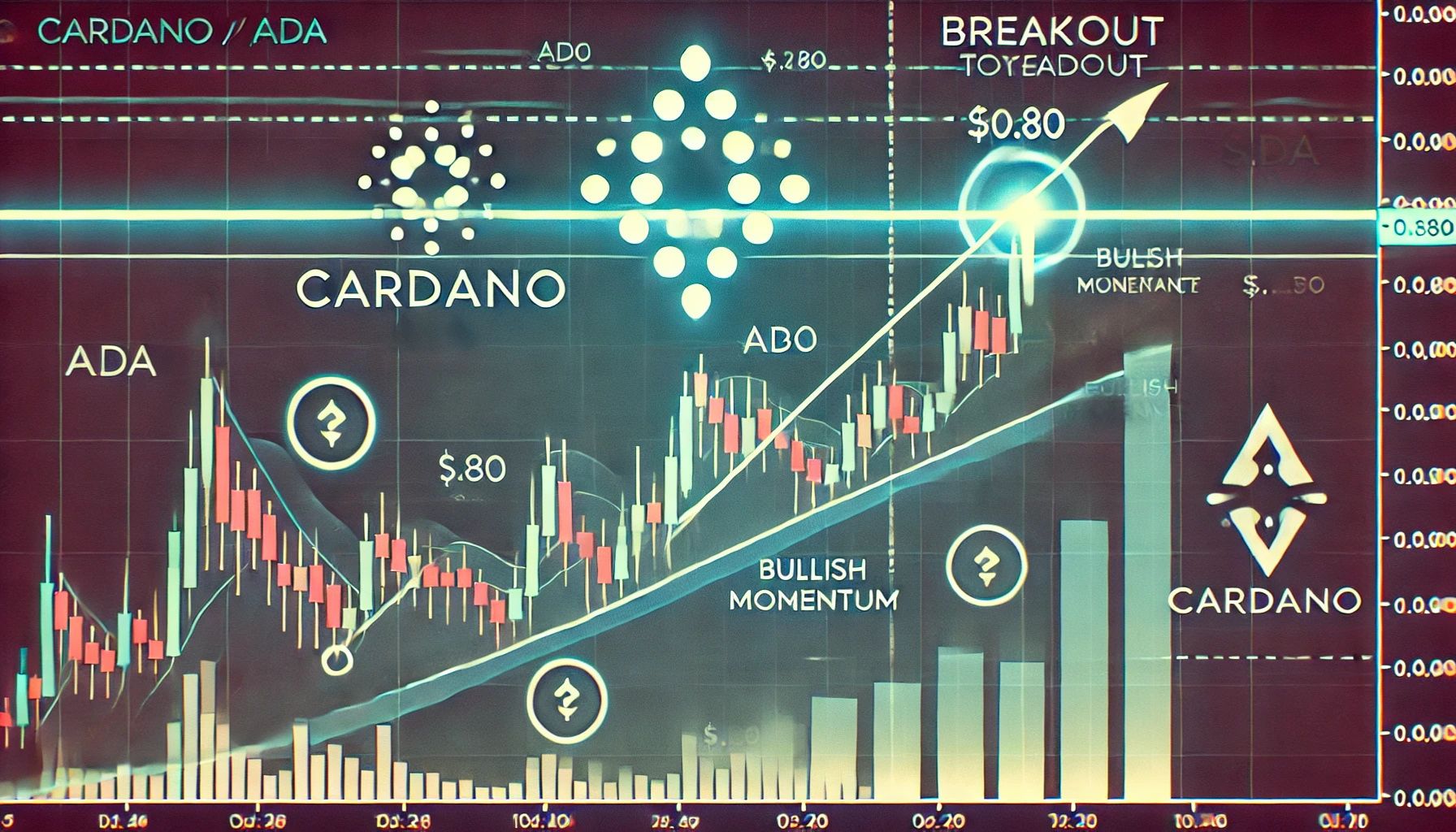
After Pectra, Ethereum focuses on improving efficiency by increasing the gas limit to 60 million.
Ethereum is planning to boost its gas limit by 66% to 60 million units, aiming to enhance transaction capacity and overall network performance.
On May 7, Ethereum core developer Parithosh Jayanthi announced that the increase to 60 million gas units would be available on the blockchain’s mainnet following successful tests on the Sepolia and Holesky testnets.
He mentioned:
“We begin the rollout of 60M on Sepolia tomorrow, with Hoodi/Holesky to follow soon after. If we confirm its safety and resolve any identified issues, we will implement it on the mainnet.”
The gas limit sets the maximum amount of computational work a block can handle, encompassing regular transactions, smart contract executions, and interactions with decentralized applications.
Raising this limit allows Ethereum to manage a higher volume of transactions per block, which could alleviate congestion and facilitate quicker execution.
According to community source PumpTheGas, this upgrade has the potential to decrease Layer 1 transaction fees by 10% to 30%, based on the level of network usage.
Once finalized, this would represent the second increase in the gas limit for the year.
In February, the limit was raised from 30 million to 36 million, which was notable as it was the first adjustment since 2021.
Ethereum validators show strong support for the upgrade
The proposed increase has garnered substantial backing from Ethereum validators and influential figures within the ecosystem.
Data indicates that nearly 80% of Ethereum validators are in favor of increasing the existing gas limit from 36 million, with about 10,000 expressing readiness to adopt the new limit of 60 million.
Ethereum Foundation researcher Justin Drake confirmed that his validator is set up for the transition, deeming it safe in light of recent enhancements from the Pectra update.
Core developer Eric Conner has also encouraged others to take similar steps, highlighting the long-term advantages of a higher gas limit.
This broad support aligns with the previous advocacy from Ethereum co-founder Vitalik Buterin and researcher Dankrad Feist for expanding the base-layer capacity.
Buterin has consistently stressed the importance of scaling Ethereum’s base layer, recommending a tenfold increase in gas limits to accommodate rising demand, even as Layer 2 solutions expand.



















Post Comment